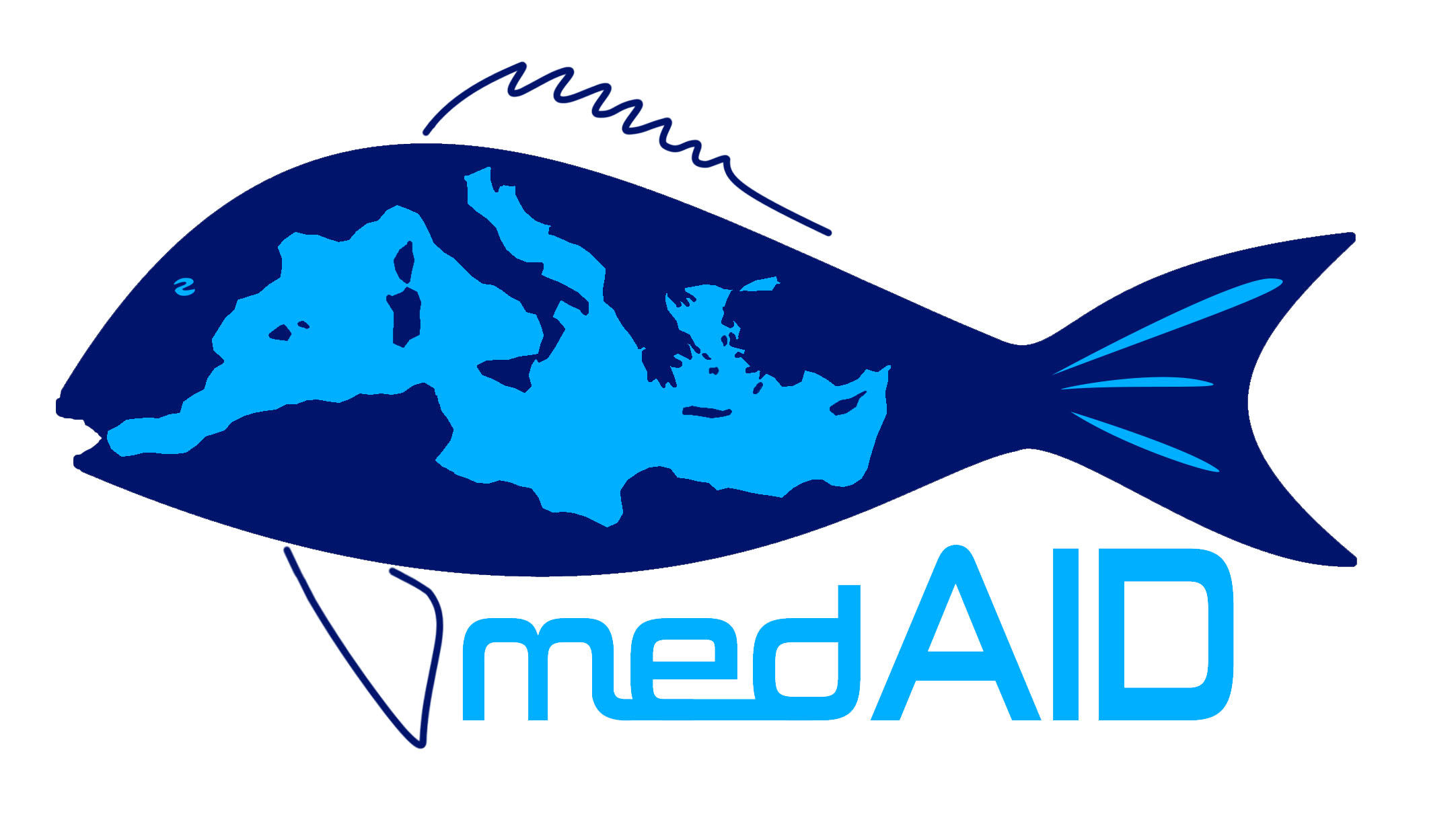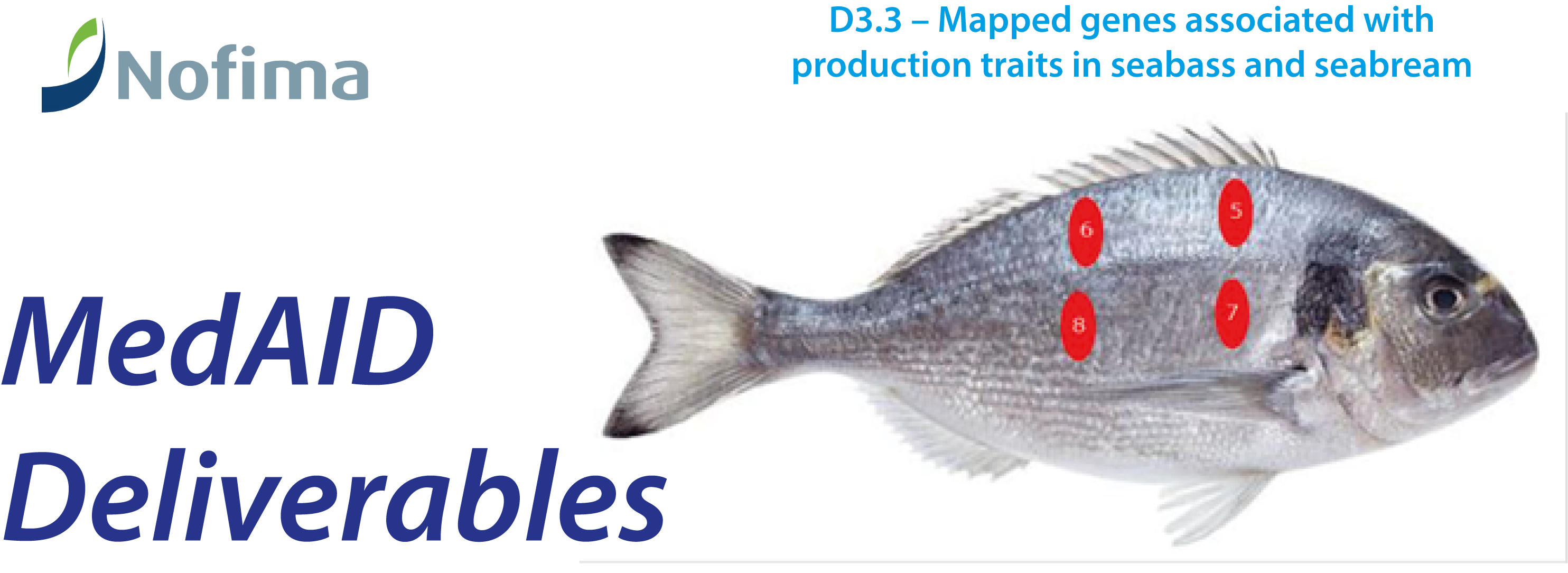Lipids are important in all animal production because they are linked to production efficiency, health and product quality. Excess dietary lipids that are not deposited in the edible muscle or used as energy source for growth are considered a loss and an indicator of low efficiency. In addition, the fatty acid profiles of the fat affect the health of both the fish and the human consumers and both European seabass and gilthead seabream are important sources of omega-3 fatty acids in the Mediterranean diet. Two important omega-3 fatty acids are eicosapentaenoic acid (EPA) and docosahexaenoic acid (DHA).
This deliverable must be read together with Deliverable 3.2. Phenotypic and genetic records (Gamsiz et al., 2020), where we presented the phenotypic analysis of the same data as presented here in both seabass and seabream. In the current deliverable we present results from the Genome Wide Association Study, which aims at identifying associations between genetic variants and traits of interest. This can provide valuable information for better understanding of the genetic basis of the traits studied and opens an opportunity to implement genomic selection in the respective breeding programmes. Focus is on lipid-related production traits, including body and muscle fat contents and fatty acid composition of muscle fat.
Conclusions on Seabass
• The results indicated that liver fat has a heritability of 0.17, while muscle fat has a heritability of 0.59.
• In liver, the heritability of the proportional contents of the omega-3 fatty acids was around 0.45.
• In muscle, DHA had a heritability of 0.51, but EPA only of 0.16.
• GWAS results showed signals on linkage group X for omega-3 traits across tissues.
• GWAS results showed a non-significant signal on linkage group 11 for liver DHA content.
• GWAS results showed non-significant signals on several chromosomes for muscle fat.
• Candidate genes were identified for the traits.
These results show that the contents of the omega-3 fatty acid DHA, which is important for both human and fish health, has high heritability, which indicates a high potential to increase this fatty acid in selective breeding programmes.
The heritability of the total fat content in the muscle is high. This trait relates to fish health, but also to production efficiency, because excessive fat can be seen as costly slaughter waste. Similarly, the heritability of fat content of liver is moderate. This trait is related to fish health, because metabolic imbalances are often seen in the liver. This result shows a high potential for improving these two lipid-related production traits using selective breeding.
This is the first GWAS study on omega-3 contents in muscle in European seabass. The candidate traits are known from other species, but their function and effects need to be confirmed in future genetic studies.
Conclusions on Seabream
• Muscle EPA and DHA content are heritable traits, with a heritability of 0.39 and 0.34, respectively.
• Visceral weight and viscera percentage had a high heritability (0.39-0.44), indicating that they are promising traits for selective breeding, given that the weight of viscera reflects the amount of fat stored in the viscera.
• Results from this small dataset indicate that lipid-related production traits are quantitative traits in seabream. No QTLs with large effects were discovered.
• Candidate genes were identified for lipid-related production traits (total fat content) and muscle fatty acids.
These results show that the contents of the omega-3 fatty acids EPA and DHA, which are important for both human and fish health, have a high heritability, which indicates a high potential to increase these fatty acids in selective breeding programmes.
The heritability of the visceral fat content in the muscle is high. This trait relates to fish health, but also to production efficiency, because excessive fat can be seen as costly slaughter waste. This result shows a high potential for improving these two lipid-related production traits in selective breeding programmes.
The GWAS study indicates that the traits are polygenic, but this can also be a result of a small dataset, such that these findings need to be confirmed.
Access to the full deliverable

